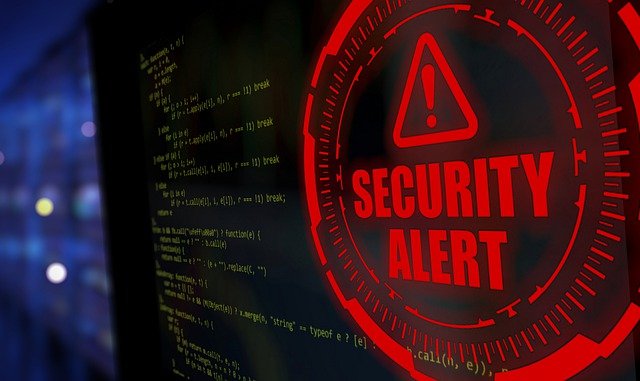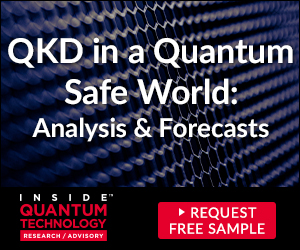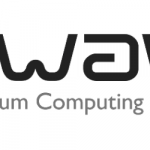Anatomy of a quantum attack

(QuantumXchange) April Burghardt of Quantum Xchange authored a recent essay on cyberattacks. IQT-News summarizes for our readers:
Advanced computers, quantum being one, have the potential to wreak havoc on the data, systems, devices, and networks we rely on daily. A conventional computer would need 300 trillion years to break RSA encryption – considered the gold standard for Public Key Encryption (PKE). A quantum computer will be able to do it in 10 seconds!
Research by the Organization of American States found cyberattacks against critical infrastructure and manufacturing are more likely to target industrial control systems than steal data. More than half (54 percent) of the 500 critical infrastructure suppliers surveyed reported attempts to control systems, while 40 percent said they had experienced attempts to shut down systems entirely.
While most assume cyberattacks will be launched using conventional, binary computers, imagine the catastrophic consequences of a large-scale quantum attack on critical infrastructure. In the hands of the enemy, a quantum computer capable of destroying RSA- encrypted data would have devastating effects on our critical infrastructure and economy. It’s no different than the fear of conventional warfare going nuclear. Yet, we know adversaries are stealing our encrypted data, waiting for the day a quantum computer can break its encryption – an attack known as harvesting.
Another area ripe for exploitation by cybercriminals and state-sponsored actors is Space. Either exploited by military groups or criminal gangs, attacks on satellites, their systems, and base stations on Earth are seeing a steady uptick. More than 4,000 satellites are currently orbiting Earth with thousands more planned to launch by private industry the likes of SpaceX, Amazon, OneWeb and others. While this lowered barrier to entry increases innovation and discovery, it also increases the number of potential access points for hackers.
Keeping space technology infrastructure and communications safe is a growing concern of the U.S. government. Legislation proposed by U.S. House of Representatives Ted Lieu and Ken Calvert aims to classify space as critical infrastructure to boost public-private collaboration on cybersecurity matters.
As the Information Age gives way to the Quantum Age of computing it will require the largest global cryptographic transition in the history of computing. NATO, the U.S. government, the EU and other global institutions and governments around the world are preparing now for quantum attacks or Y2Q – the day a quantum computer breaks encryption.
As mentioned earlier, the White House has taken a leading role, recently issuing NSM-8, a national security memorandum that builds on the original Executive Order 14028 issued on May 12, 2021 to improve the nation’s cybersecurity and protect federal government networks.
Tune into QuantumXchange’s latest on-demand webinar on Assessing the True Threat and Potential Damage of Quantum Computing Cyberattacks, for better understanding of quantum attacks.
Sandra K. Helsel, Ph.D. has been researching and reporting on frontier technologies since 1990. She has her Ph.D. from the University of Arizona.

























